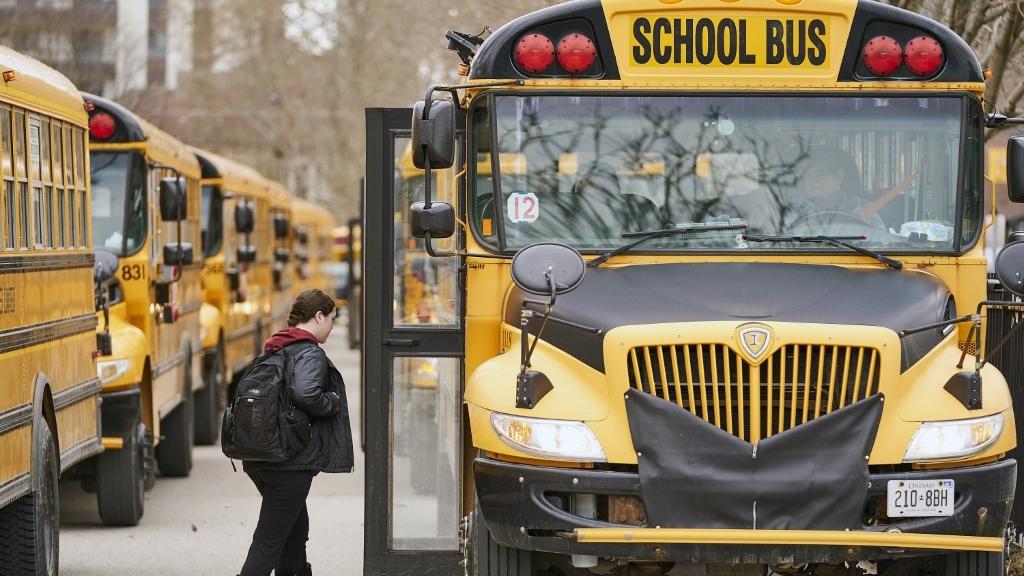 In this March 13, 2020 photo, high school students leave Beal Secondary School in London. (PHOTO / AFP)
In this March 13, 2020 photo, high school students leave Beal Secondary School in London. (PHOTO / AFP)
The rising cost of house prices and child care causing young families to relocate out of urban areas, together with falling birthrates, would mean that nearly 100 primary schools across England could be forced to shut, according to new figures released by the Department for Education.
The Guardian has published data showing that 88 schools were found to be more than 66 percent empty last year, with four others already marked down for closure.
With funding allocated according to pupil numbers, reduced school rolls mean even tighter budgets.
"The Department for Education has estimated that the total pupil population will fall by over 900,000 by 2032," Jon Andrews, head of analysis at the Education Policy Institute, said. "Most school funding is allocated on a per-pupil basis, so falling pupil numbers can lower budgets for schools."
The COVID-19 pandemic and changed working practices caused many families to relocate, which is borne out in the figures by a geographical redistribution of pupil numbers. Comparing figures from the academic years 2009-10 with 2021-22, around half of the schools in inner London had smaller numbers of pupils, and in the southwest of England, the figure was around one-third.
However, in the northwest of the country and West Midlands, around two-thirds of schools have seen pupil numbers rise, with the need for increased capacity also causing budgetary challenges.
An analysis of 20 years of census data published last November by the think tank Centre for London showed a hollowing out of families with children in London.
Since 2001, the borough of Southwark had seen an 11-percent decrease in households with at least one child of school age, with Lambeth, Hackney, Tower Hamlets and Islington reporting similar decreases.
"People are either being pushed out before they can have babies — or they're choosing to leave," Georgia Gould, leader of Camden council in north London, said.
This results in population bulges elsewhere. To the east of the city in the borough of Barking and Dagenham, there has been a 34-percent increase in households with children, posing new challenges for the education system.
"Around 1 in 5 schools in England are also currently operating over capacity," Andrews said.
"While in most cases, this is by a relatively small number of pupils, where the problem is more acute, it can mean additional demands on teaching staff, as well as a greater number of pupils being left without access to their preferred school."
The number of children starting their educational journey in reception class highlights another challenge that awaits the school system in years to come, with numbers in many schools smaller than in years 1 and 2, signposting that fewer children will be coming into existing classes. Government data showed that there have been around 160 primary school closures across England since 2009.


